Radish Seeds (Raphanus sativus)
Radish Seeds, Growing radishes from seeds is a quick and rewarding experience, providing fresh, crisp vegetables for your table. With proper care in selecting seeds, watering, and managing pests, you can enjoy a successful radish harvest throughout the growing season.
- Estimated Delivery : Up to 3 business days
- Free Shipping & Returns : On all orders over ₹550 in Bangalore
Radish Seeds, Radishes are fast-growing, nutritious root vegetables that are easy to cultivate in various conditions. Here’s a comprehensive care guide for Radish seeds:
1. Seed Selection
• Choose high-quality, disease-free seeds from a reputable supplier.
• Consider the variety you prefer, such as globe, long, or daikon radishes.
2. Planting Time
• Radish seeds can be sown in early spring or fall, as they thrive in cooler weather.
• Ideal soil temperatures for planting are between 45-85°F (7-29°C).
3. Soil Preparation
• Radishes prefer well-draining, loose soil rich in organic matter.
• Incorporate compost or well-rotted manure to enhance soil fertility.
• Aim for a soil pH between 6.0 and 7.0 for optimal growth.
4. Seed Sowing
• Plant seeds ½ inch deep and 1-2 inches apart in rows spaced about 12-18 inches apart.
• For continuous harvest, sow seeds every 2-3 weeks.
5. Germination
• Seeds will typically germinate within 5-10 days at a soil temperature of 50-70°F (10-21°C).
• Ensure the soil remains consistently moist during the germination phase.
6. Watering and Care
• Water radishes regularly to keep the soil evenly moist, particularly during dry spells.
• Mulch around the plants to help retain moisture and suppress weeds.
7. Fertilizing
• Radishes generally do not require heavy fertilization; a light application of balanced fertilizer at planting is sufficient.
• Avoid high-nitrogen fertilizers, which can lead to excessive leaf growth and small roots.
8. Pests and Diseases
• Monitor for pests such as aphids, flea beetles, and root maggots. Use insecticidal soap or neem oil if necessary.
• Prevent diseases like downy mildew by practicing crop rotation and ensuring proper air circulation.
9. Harvesting
• Radishes are usually ready to harvest 25-60 days after planting, depending on the variety.
• Harvest when they reach the desired size, and pull them out gently to avoid damaging the roots.
10. Seed Saving
• Allow some radishes to bolt and produce flowers.
• Once the seed pods dry on the plant, collect and store seeds in a cool, dry place.
Conclusion
Radish Seeds, Growing radishes from seeds is a quick and rewarding experience, providing fresh, crisp vegetables for your table. With proper care in selecting seeds, watering, and managing pests, you can enjoy a successful radish harvest throughout the growing season.

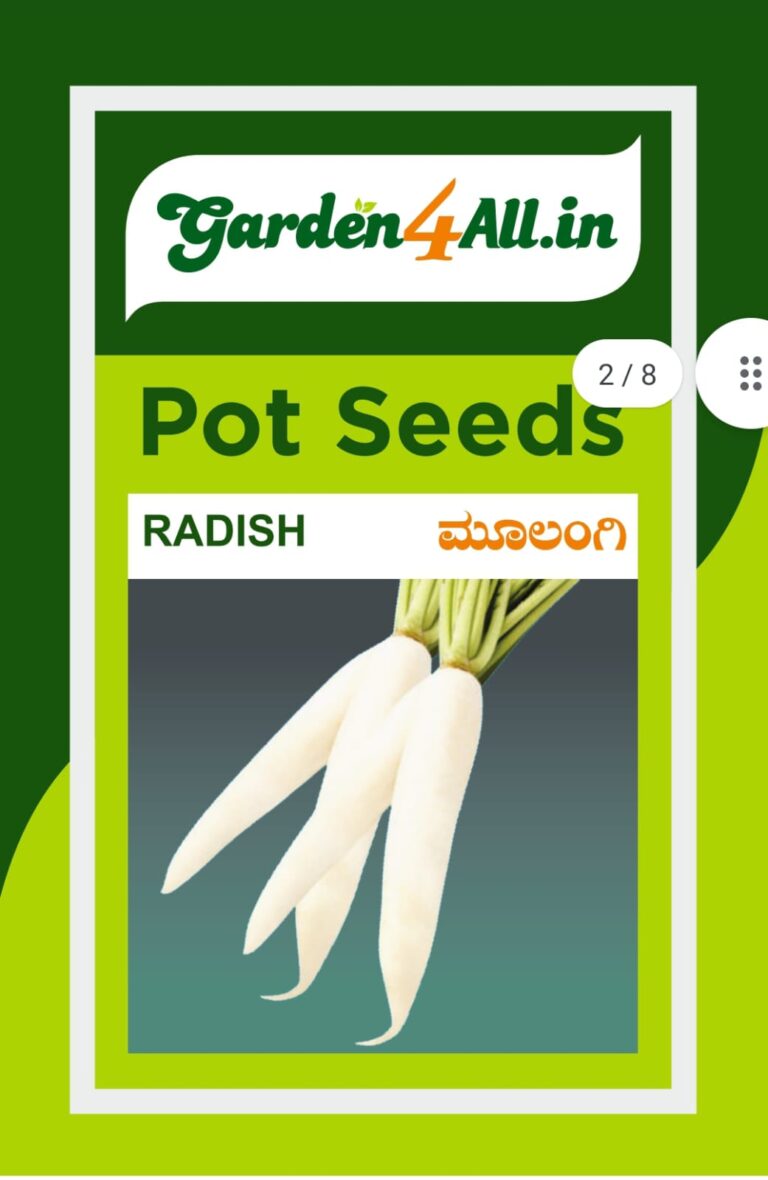


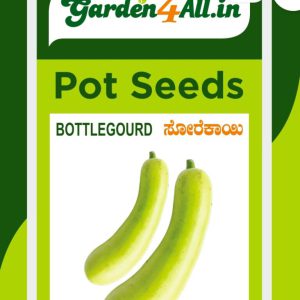
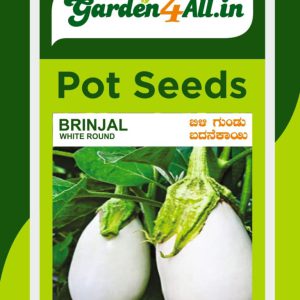
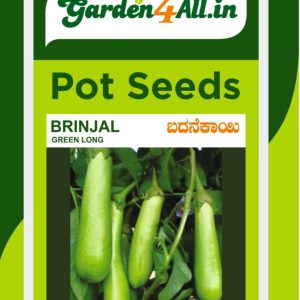
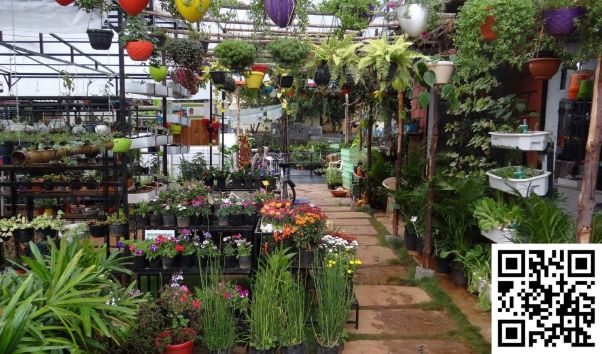
Reviews
There are no reviews yet.